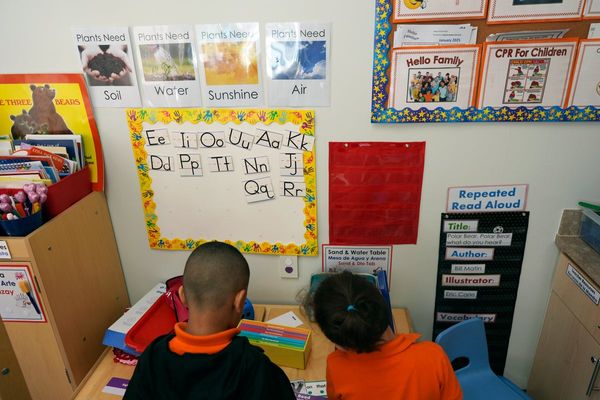
The Supplemental Nutrition Assistance Program (SNAP), formerly food stamps, is known to have had one of the strongest anti-poverty effects of any US benefits program.
It kept over 6.6 million, including 3 million children, above the poverty line before the pandemic. In short, the SNAP program helps people with no or low income buy essential groceries.
Benefits are paid across 50 states, Washington DC, and US territories. The payout is uploaded to electronic benefit transfer (EBT) cards for use at authorised retailers and online stores.
In fiscal year 2023, the US federal government spent almost £91.96 billion ($115 billion) on SNAP, of which 94% went towards benefits households used to buy food. According to 2022 data, 89% of SNAP benefits go directly to families at or below the poverty line.
SNAP January 2025 Schedule
SNAP benefits will be paid across the US throughout January 2025. However, payout dates depend on recipients' state, case numbers, Social Security numbers, the first letter of a beneficiary's last name, the recipient's ID, and their birthday and month.
Meanwhile, states such as Alaska, North Dakota, and Vermont pay SNAP benefits to all beneficiaries on the first day of the month.
Although the federal government funds the SNAP program, each state handles money distribution and management varyingly. SNAP benefits for January 2025 will be issued on the following dates across the country:
- California, Colorado, District of Columbia, Guam, Idaho, Iowa, Kansas, Nevada, Oklahoma: 1st to 10th January
- Alaska, North Dakota, Rhode Island, Virgin Islands, Vermont: 1st January
- Illinois, New Mexico, Tennessee, Washington: 1st to 20th January
- Kentucky, South Carolina: 1st to 19th January
- Michigan, North Carolina: 3rd to 21st January
- New York, West Virginia: 1st to 9th January
- Nebraska, New Jersey: 1st to 5th January
- Arkansas, Minnesota: 4th to 13th January
- Alabama, Maryland: 4th to 23rd January
- Georgia, Indiana: 5th to 23rd January
- Massachusetts: 1st to 14th January
- Pennsylvania: 4th to 22nd January
- Florida, Texas: 1st to 28th January
- Utah: 5th, 11th and 15th January
- Mississippi: 4th to 21st January
- Connecticut: 1st to 3rd January
- Delaware: 2nd to 23rd January
- Wisconsin: 1st to 15th January
- Louisiana: 1st to 23rd January
- Missouri: 1st to 22nd January
- New Hampshire: 5th January
- Montana: 2nd to 6th January
- Wyoming: 1st to 4th January
- Arizona: 1st to 13th January
- Maine: 10th to 14th January
- South Dakota: 10th January
- Oregon: 1st to 9th January
- Virginia: 1st to 7th January
- Hawaii: 3rd to 5th January
- Ohio: 2nd to 20th January
Average SNAP Benefits For January 2025
SNAP benefits for eligible households depend on several factors, such as household size, monthly household income, and fixed expenses like utilities, rent, childcare, and rent.
The Center on Budget and Policy Priorities (CBPP) estimated that the maximum monthly SNAP benefit for a household of three for fiscal year 2025 is £611 ($768), while the average benefit is £474 ($594).
For a household size of two people, the average benefit drops to £290 ($364). You can check the average 2025 SNAP benefits for different household sizes on the CBPP website.
The SNAP program expects recipients to spend 30% of their monthly net income on food. Families with no net income receive the maximum possible benefit for their household size.
Net income is calculated by subtracting the standard, earnings, and shelter deductions.
Once you have the net income figure, 30% of it is the family's expected contribution towards food. You can then calculate the final SNAP benefit by subtracting the food contribution amount from the maximum benefit amount for your household size.
Remember that homeless people without a fixed, regular nighttime residence can also receive SNAP benefits. However, all recipients must fulfil certain income, work, and asset requirements to qualify.







